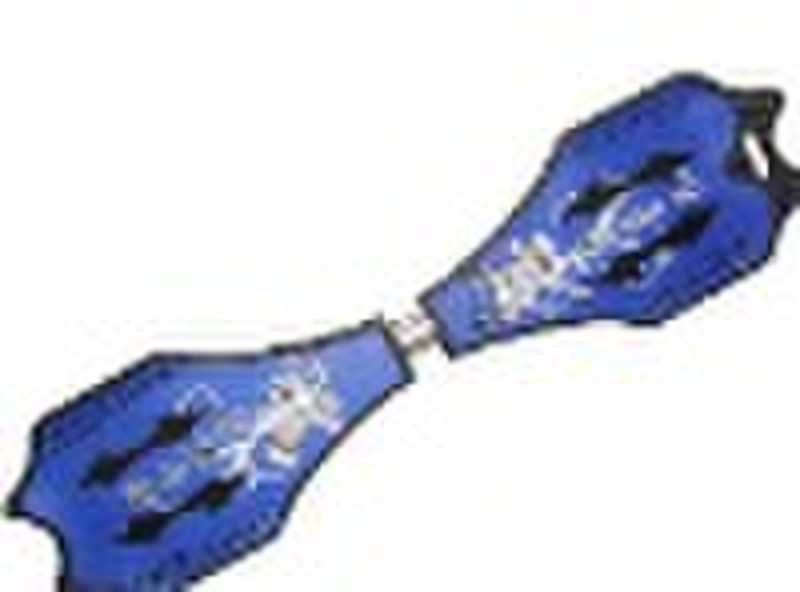Katalog
-
Katalog
- Auto & Motorrad
- Bauwesen und Immobilien
- Bekleidung
- Büro- und Schulartikel
- Chemikalien
- Dienstleistungen für Unternehmen
- Eisenwaren
- Elektrische Geräte & Zubehöre
- Elektronische Bauteile
- Energie
- Galanteriewaren
- Geschenke und Kunsthandwerke
- Gesundheit und Medizin
- Gummi und Kunststoffe
- Haus und Garten
- Haushaltsgeräte
- Koffer, Taschen & Hüllen
- Landwirtschaft
- Lebensmittel und Getränke
- Licht und Beleuchtung
- Maschinen, Geräte und Werkzeuge
- Maschinenteile und Herstellung Dienstleistungen
- Messapparat und Analysegerät
- Mineralien und Metallurgie
- Möbel
- Schuhe und Accessoires
- Schönheit und Körperpflege
- Service Geräte und -Ausstattung
- Sicherheit und Schutz
- Spielzeuge und Hobbys
- Sport und Unterhaltung
- Telekommunikations
- Textil und Lederware
- Transport
- Uhren, Schmuck, Brillen
- Umweltschutz
- Unterhaltungselektronik
- Verpacken und Drucken
- Werkzeuge
- Überschüssiger Warenbestand, Lager
Filters
Search

Spiderman Aluminium Snakeboard Skateboard
original-Preis: 12,00 USD
China
Produktionskapazität:
5000 Stück / Tag

Yuan Cheng
Kontaktperson
Basisdaten
| Ort der Herkunft | Zhejiang China (Mainland) |
|---|---|
| Marke | Sunstar |
Spiderman Aluminium Snake Board Skateboard Size:80*20CM PU luminous wheel :8cm History Snakeboard is the name of the first company that manufactured boards of this kind, and since it was the only company at the time - The sport rapidly became known as snakeboarding. They also owned the patent to the sport so were the only ones to produce them through most of the 1990s. In the late 1990s, the inventors sold their company to MV Sports in England, who stopped production. However, the sport survives today with more advanced boards, and is becoming more widely known as Streetboarding. In 2009 a new concept vehicle was designed by Michele Camerlengo, with the support of Kingston University. This recreational vehicle, called ObliqO, borrows from the mechanics and the propulsion of the previous snakeboard, but it uses a pair of 16-inch hubless wheels with 28-349 pneumatic tires. This modification allows for an improved rolling of the wheels on uneven or rough surfaces and it lets the user tilt the board while riding. Being strapped to the board gives the sport a higher incidence of serious injury: a skateboarder can "bail out" of a trick and land on his or her feet. It should also be noted, however, that whilst the footstraps limit the amount a rider can manipulate the board itself, they also facilitate certain techniques. Much like a snowboarder, the rider can perform spins and somersaults higher and further than any skateboarder. At the same time, this means a higher learning curve; as while a skateboarder will have to spend weeks learning the most basic manoeuvres, such as the Ollie, or jump, a Streetboarder (Snakeboarder) simply has to strap himself to the board, and jump as he would without the board attached. It is self-propelled and there is no need to touch a foot to the ground. Performance The rider of a snakeboard stands with one foot on each footplate, the feet are usually fixed to the board using bindings, and by moving his/her feet in and out in conjunction with the shoulders and hips- the rider is able to propel the board in any direction using only his/her body weight. This transfer of energy is called non-holonomic locomotion. The board moves in a motion similar to that of a snake, hence the sports original name of snakeboarding. The rider of a snakeboard can ride the board on almost any terrain (depending on the set-up and model of board) and even propel themselves up-hill and perform extreme stunts similar to those done by skateboarders & snowboarders. Snakeboards allow the rider to gain momentum without the need to push themselves with their feet like skateboarders. Quoted directly from the Snakeboard patent Abstract and Claims: "This invention relates to a skateboard comprising two footboards each of the footboards including a foot platform and wheel-set which carries two wheels in axial alignment fixed to the underside of the platform, a spacer element for holding the footboards in a spaced relationship and a pivot arrangement having a vertical pivot axis connecting each footboard to the spacer element to enable both footboards to pivot relatively to the spacer element, each wheel set including a wheel body, wheel axles which are fixed to and project from the opposite sides of the body with the wheels being journalled for rotation on the axles, a first pivot pin being attached to the wheel body with its axis in a vertical direction, a support member on the wheel body, a second pivot pin pivotally connecting the foot platform to the support member with its pivot axis normal to the wheel axis, and resilient suspension means between the support member and the underside of the foot platform for holding the platform horizontal, said pivot arrangement being pivotally engaged with the first pivot pin.
Lieferbedingungen und Verpackung
Packaging Detail: 6PCS/Box80*24*30.5cm4PCS/Box80*24*29.5cmCardboard box Delivery Detail: 6-15days
Hafen: NINGBO
Zahlungsbedingungen
Documents Against Acceptance
Documents Against Payment
Letter of credit
Telegraphic transfer
-
Zahlungsarten
Wir akzeptieren:








